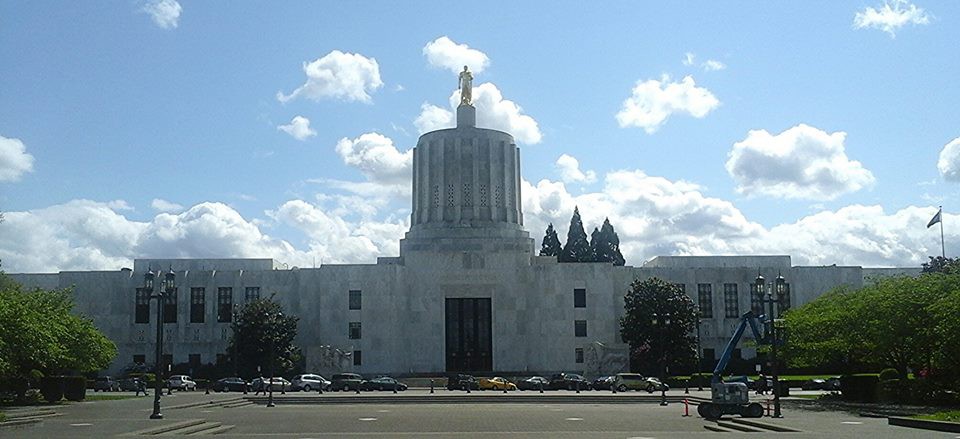by Emily Langston
From the beginning of Oregon’s history, women held a very different type of citizenship than men. Through a practice called coverture, white married women had no right to their own property, earnings, or children, and were considered “covered” by their husbands in all other legal matters. They essentially became extensions of their husbands, who would represent them in political and legal contexts. Single white women had slightly more economic rights as they had ownership of their own wages, however, they had little opportunity available to them and were still not allowed to vote, thus having no political representation. When the Oregon Constitution was being written and debated in August and September of 1857, the right to vote was included for “white male citizens.” “In the first recorded advance for woman suffrage in Oregon, on September 10, 1857, David Logan of Multnomah County moved ‘to strike out male before citizen.’ His motion lost, apparently without any comment or debate.” It would therefore be adopted in the Oregon Constitution that neither women, nor men of color would be allowed to vote in the state. In 1868, the Fourteenth Amendment expanded the definition of citizenship as “all persons born or naturalized in the United States.” Advocates for women’s suffrage argued that women, as citizens, should be able to exercise all of the rights of citizenship, including voting. However, in the 1875 Minor v. Happersett decision, the Supreme Court declared that voting was not a right conferred on all citizens. Women in Oregon and around the country continued the fight for the right to vote, changing their strategy whenever they hit a new roadblock, like that of the Minor v. Happersett decision.Read More »
